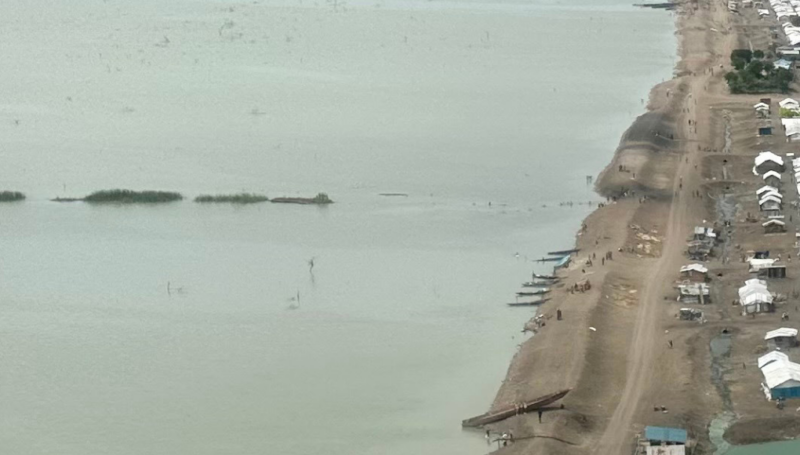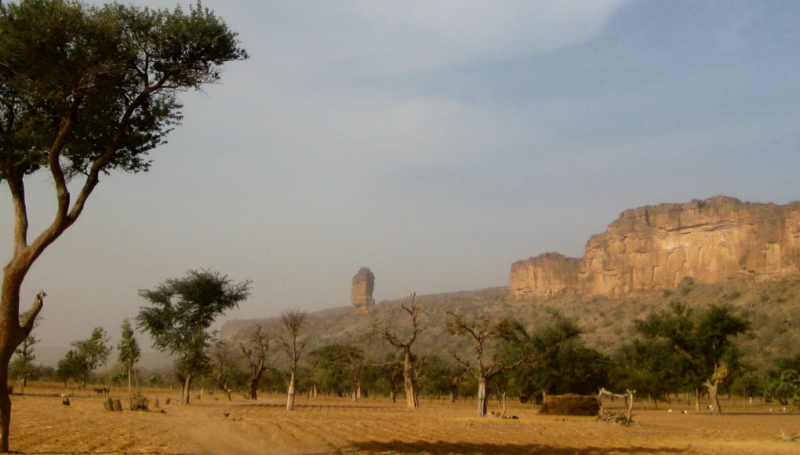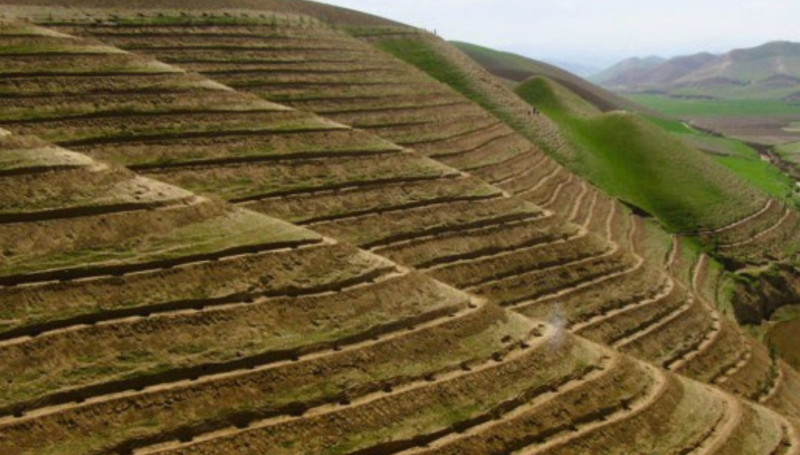
REACH Assessment Officers stand in front of the remains of a shelled building in the community of Verkhnotoretske within 5 km of the line of contact between Ukrainian armed forces and separatist groups ©REACH/2018
After more than three years of regular conflict between Ukrainian armed forces and separatist groups in eastern Ukraine, an estimated 4.4 million people remain in need of humanitarian assistance and 10,000 have died because of conflict. The location of the line of contact between the two sides has stabilized, but regular armed clashes are still common within 5 km on each side. The populations living within this area continue to experience significant disruption to their daily lives due to the many challenges created by the ongoing fighting.
As the conflict becomes protracted, it is increasingly important for UN Agencies and NGOs to understand the humanitarian trends in different areas, particularly trends affecting the populations facing immediate protection risks near the line of contact. To provide this information, with the support of the European Commission’s Civil Protection and Humanitarian Aid Operations department (ECHO), REACH conducted a trend analysis of the area along the contact line to identify sectors and areas where the humanitarian situation continues to deteriorate, and in where progress has been made since 2015.
Throughout the area within 5 km of the line of contact, the assessment found significant ongoing protection risks, particularly shelling, unexploded ordinances and landmines. Even within the 5 km area, shelling remains concentrated in certain strategic hotspots, and residents of neighboring communities report experiencing daily shelling whilst others experience no shelling at all. Pressure also continues to build on household economic and food security. Increasing proportions of households are headed by vulnerable individuals, pensioners and economically inactive individuals compared to 2016. Greater proportions of households also report an increase in household spending on food, despite a deterioration in the quality and quantity of food consumed. These pressures are compounded by the disruption in access to basic services caused by the line of contact, as many urban centres where households accessed services in the past are now inaccessible.
With these disruptions in basic services in mind, in 2018 REACH will conduct more research on the capacities of service providers in the conflict area. The assessment will identify the regions and services that are facing the most pressure, and the populations that are facing the greatest hurdles to access, with the ultimate goal of helping to bridge the gap between actors responding to the humanitarian needs of the population and actors engaged in the longer-term development of Ukrainian service capacities.
Access the Ukraine Analysis of Humanitarian Trends near the Line of Contact report in full at this link.









